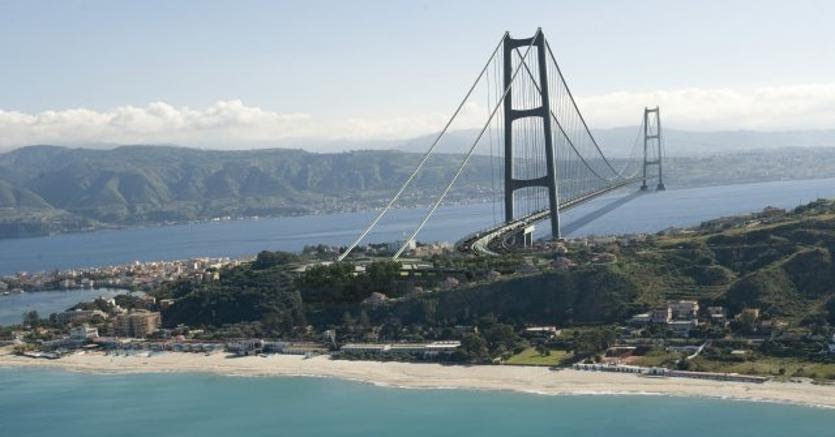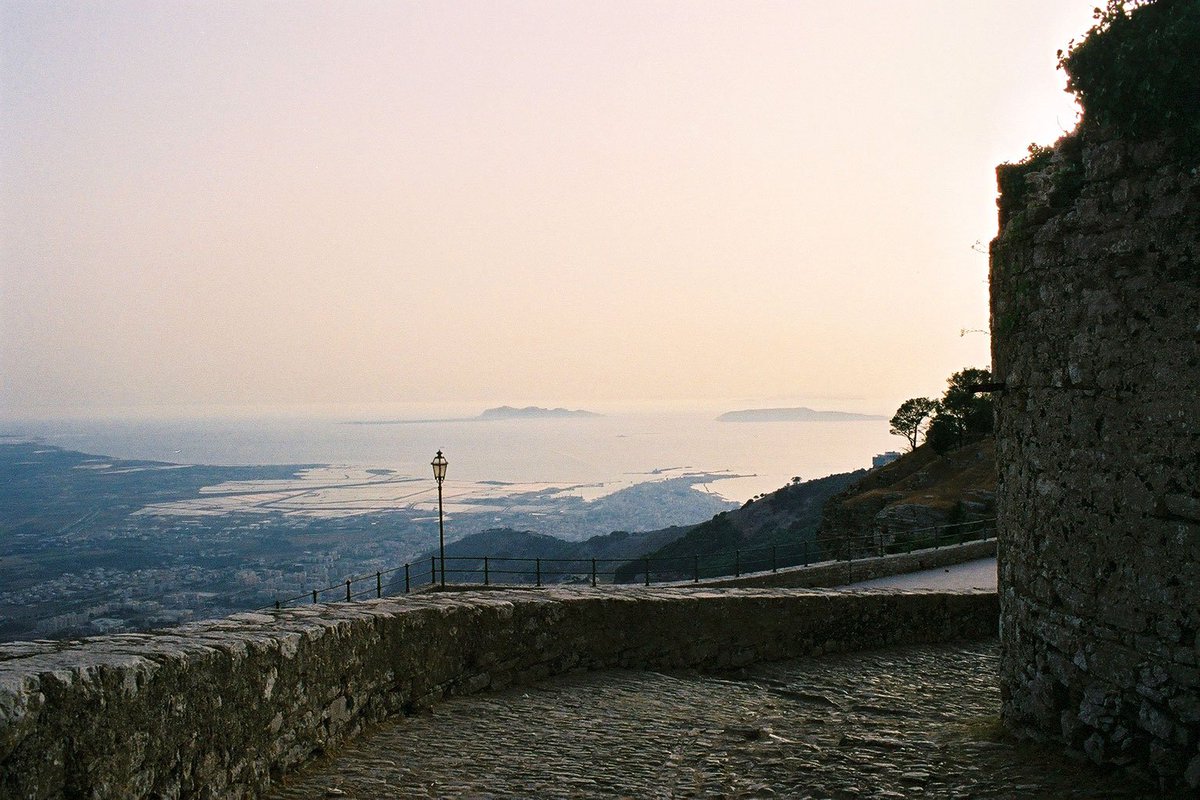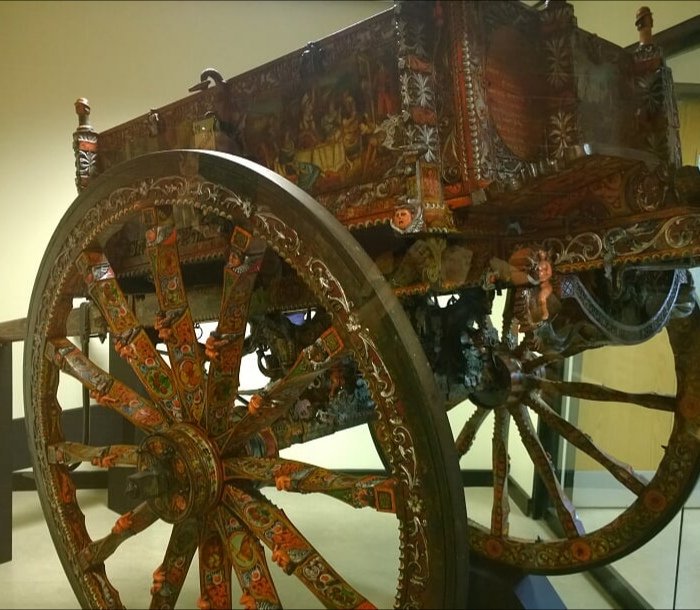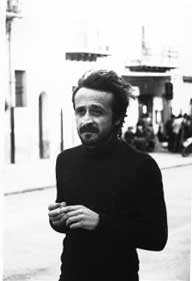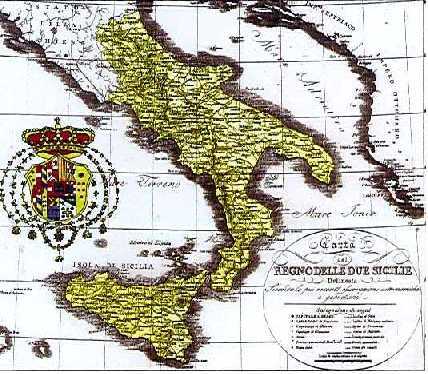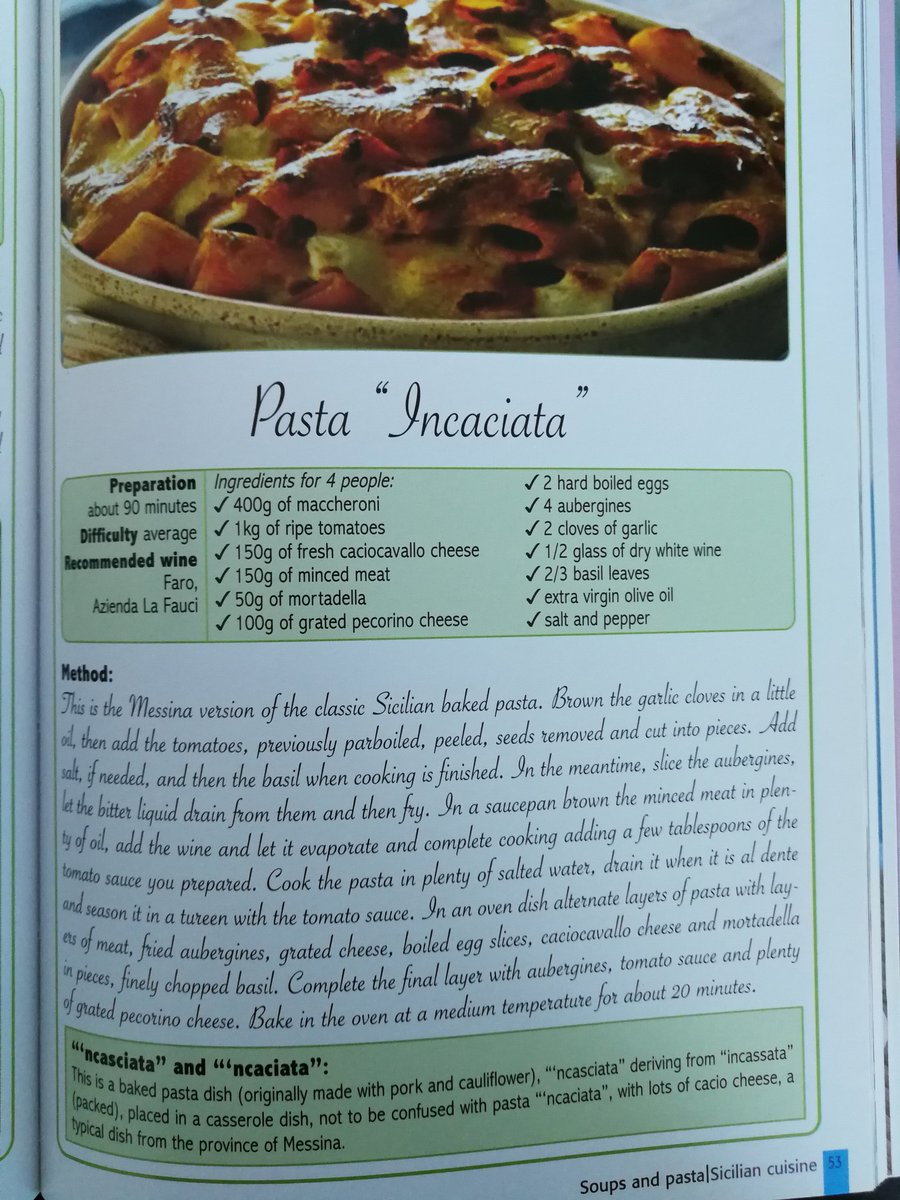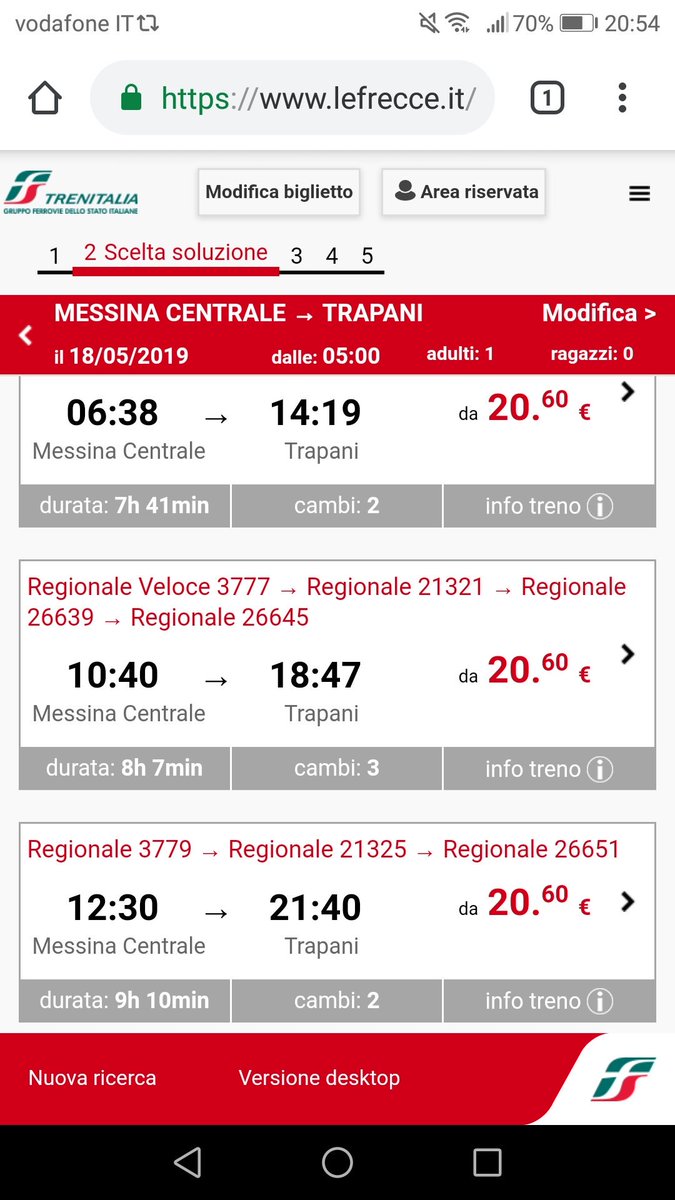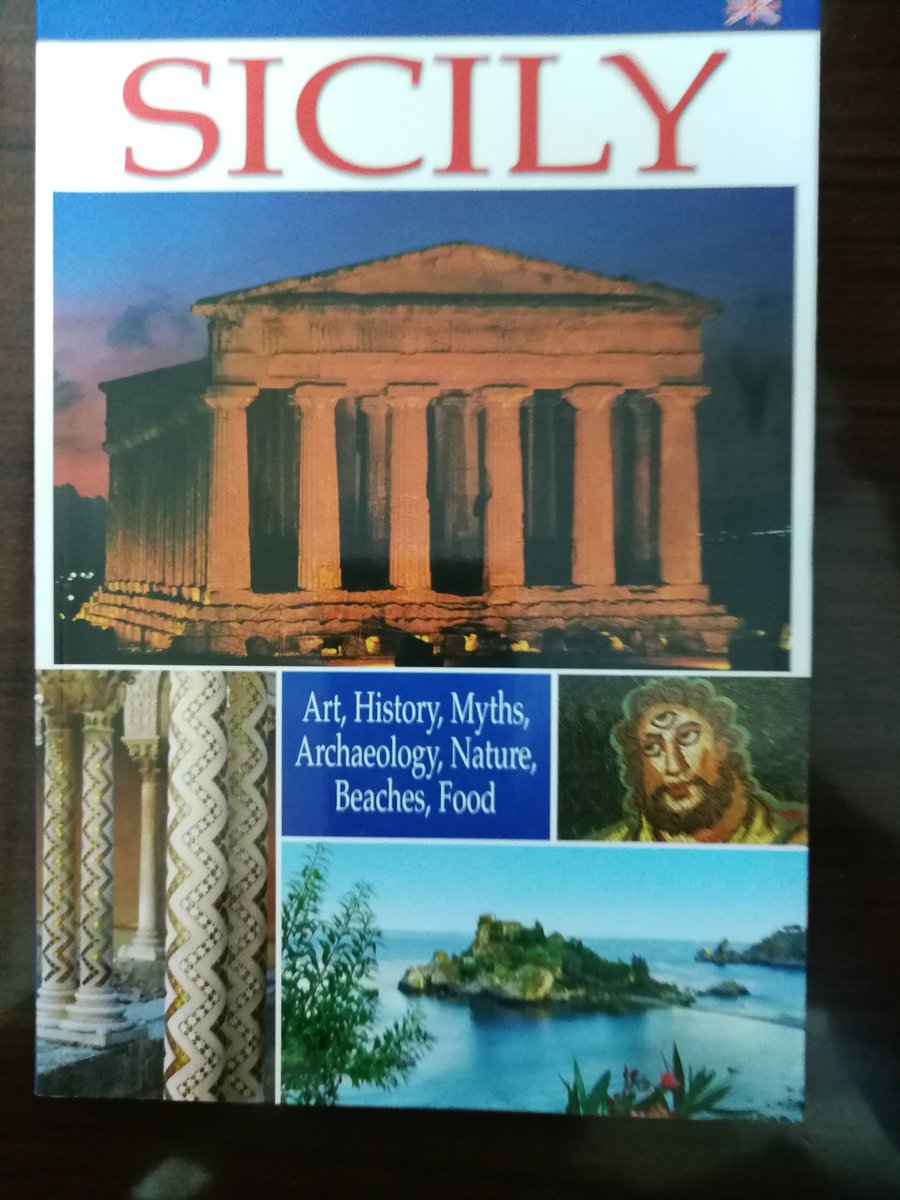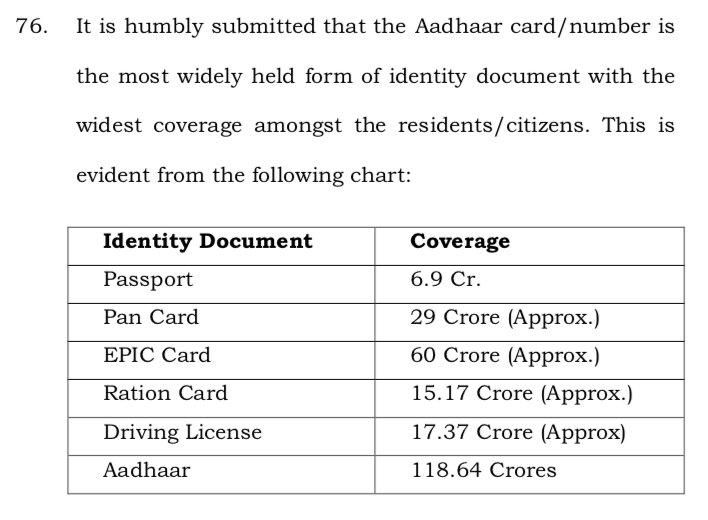Bronte;
Borsellino;
Baroque:
Bridge over Strait of Messina (spoiler: there isn't one yet) >>
Catania;
Camilleri;
Charybdis;
Ceramics.
Driving;
Dialect;
Dancing Satyr of Mazara del Vallo;
Death.
Right of way at junction? Driver with strongest nerves
Red light? What Red light?
Stop sign? Nah...
Give way? You're kidding, right?
Seatbelts? For wimps
Indicators? Optional
Bus lane? My car is now a bus
Speed limit? Abstract concept >>
it.m.wikiquote.org/wiki/Proverbi_…
Etna;
Erice;
Earthquakes;
Emigration.
Giovanni Falcone;
Films;
Flag;
Family.
Granita;
Renato Guttuso;
Greek theatres;
Grammichele.
Hilltop towns;
Hiding places;
Handicrafts;
Holidays.
Invasions;
Peppino Impastato;
Islands;
Independence.
Pietro Scaglione (5 May 1971)
Cesare Terranova (25 September 1979)
Gaetano Costa (6 August 1980)
Giangiacomo Ciaccio Montalto (26 January 1983)
Rocco Chinnici (29 July 1983)
Alberto Giacomelli (14 September 1988) >>
Antonino Saetta (25 September 1988)
Rosario Livatino (21 September 1990)
Antonino Scopelliti (9 August 1991)
Giovanni Falcone (23 May 1992)
Francesca Morvillo (23 May 1992)
Paolo Borsellino (19 July 1992) >>
Cosimo Cristina (5 May 1960)
Mauro De Mauro (16 September 1970)
Giovanni Spampinato (27 October 1972)
Peppino Impastato (9 May 1978)
Mario Francese (26 January 1979)
Carmine Pecorelli (20 March 1979) >>
Giuseppe Fava (5 January 1984)
Mauro Rostagno (26 September 1988)
Beppe Alfano (8 January 1993) >>
Lampedusa;
Lemons;
Literature;
Lunch.
Monreale;
Marsala;
Mosaics of Piazza Armerina;
Sergio and Piersanti Mattarella.
Noto;
Nepotism;
Noise;
'ncaciati & 'ncasciata.
Leoluca Orlando;
Omertà;
Oranges;
Openness.
Palermo;
Parking;
Public transport;
Pane e panelle.
Quattrocentosedici bis (416 bis);
Quarantuno bis (41 bis);
Queuing;
Quotes.
Solitary confinement;
1 visit of 1 hour per month communicating by intercom;
Censorship of post;
Strict limits on personal objects in cell >>
facebook.com/nicholas.whith…
1. "Italy is incredible: and you need to go to Sicily to realise just how incredible Italy is." (Leonardo Sciascia)
2. "Without seeing Sicily you can't understand Italy. Sicily is the key to everything." (Goethe) >>
"Take a problem of any kind (political, social, cultural, technical or other) and ask two Italians to solve it: a Milanese & a Sicilian. After one day, the Sicilian will have ten ideas of how to solve it, the Milanese none... (cont.)
4. "It takes longer to cross Sicily by train than to fly to the other side of the world." (Sergio Rizzo)
5. "Sicilians easily fall into the trap of expecting to undersand Sicily before understanding themselves." (Gesualdo Bufalino) >>
Totò Riina;
Ragusa;
Religion;
Race to Messina.
Siracusa;
Segesta & Selinunte;
Swordfish;
Scooters.
Trapani;
Taormina;
Time;
Tonnara.
Ucciardone;
UNESCO World Heritage Sites;
Unemployment;
Unification of Italy.
Volcanoes;
Vucciria;
Vegetables;
Vespers.
Wine;
Weather;
Water;
Whitaker.
Zancle;
Zisa;
Zingaro Nature Reserve;
Luca Zingaretti.








